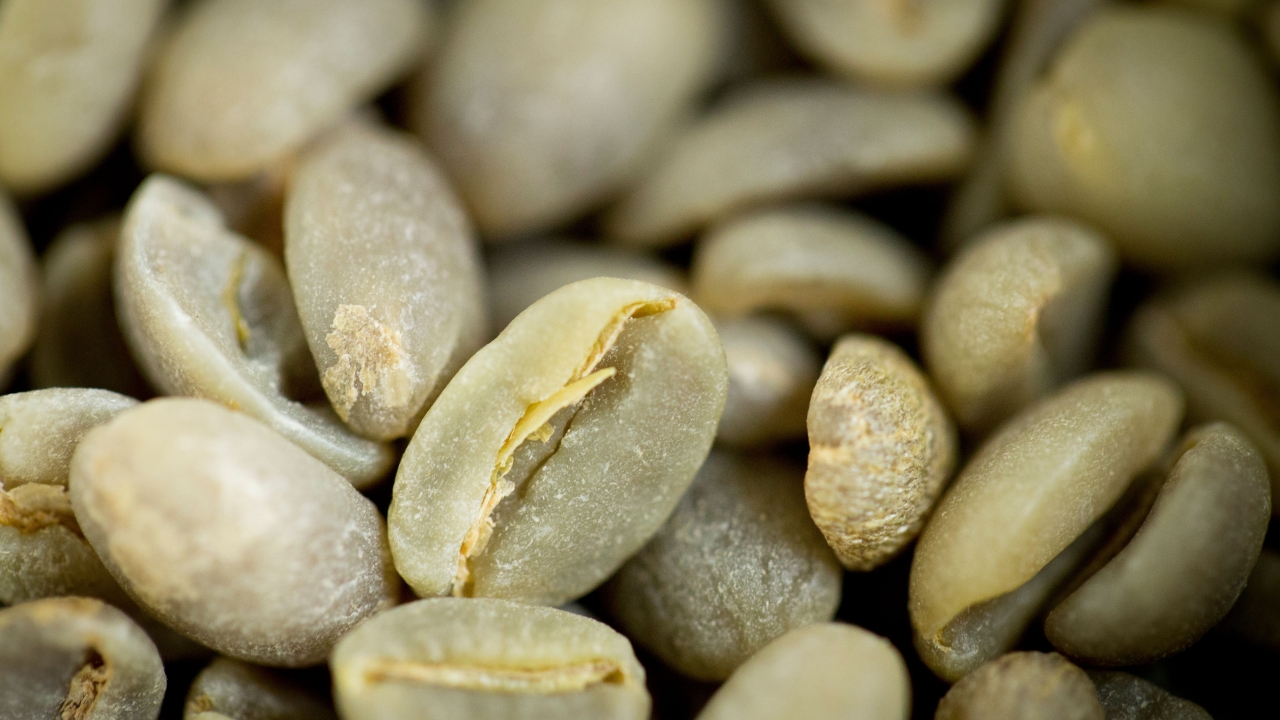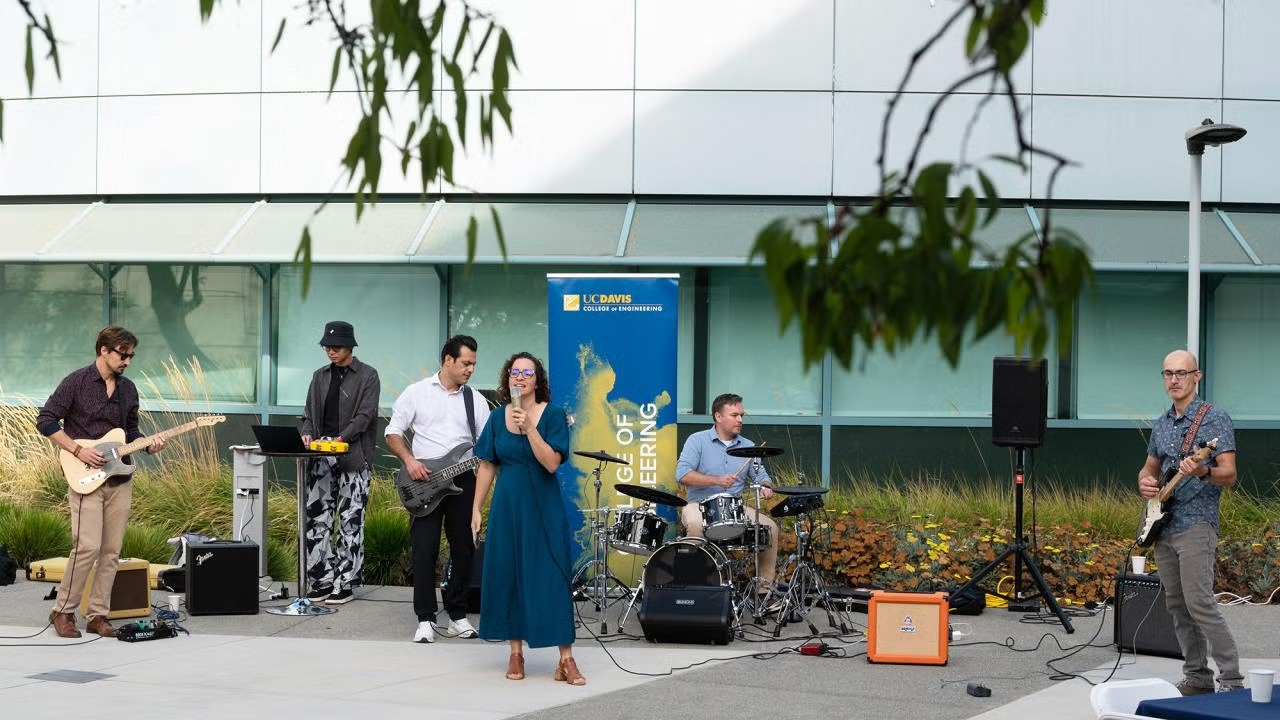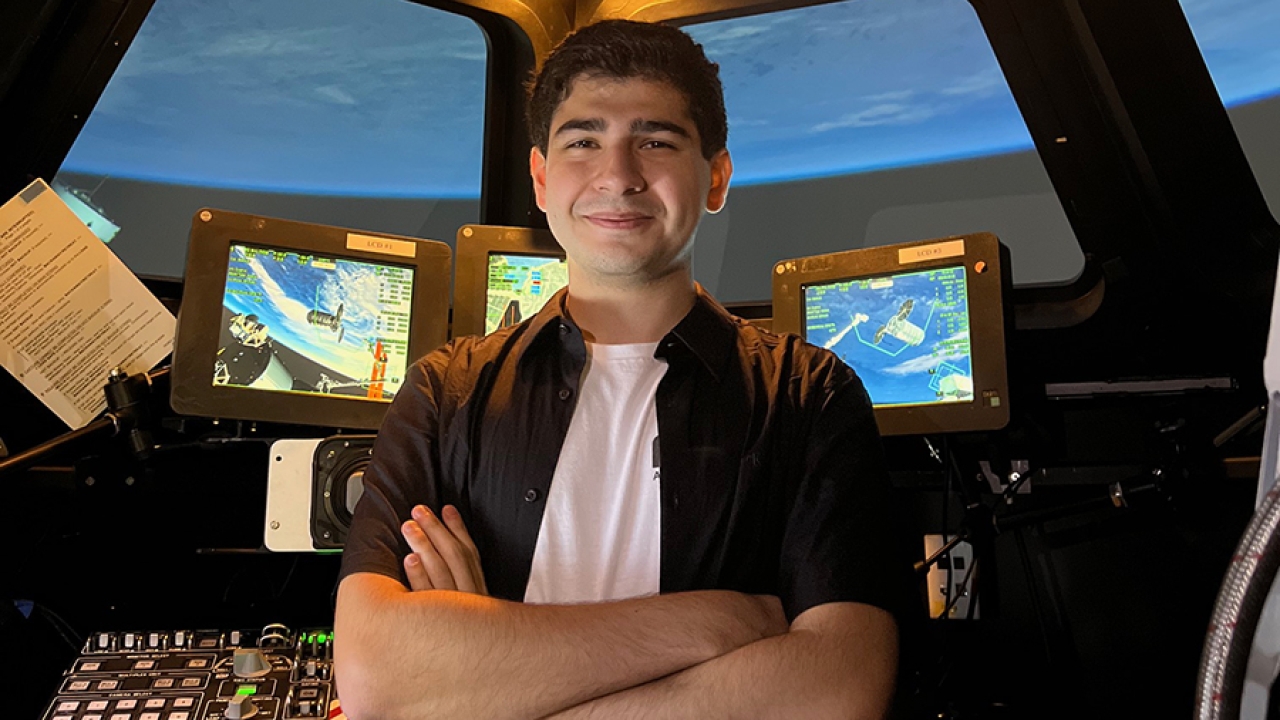
UC Davis Coffee Center and Coffee Science Foundation Explore Green Coffee Defects
The Coffee Science Foundation, or CSF, and the University of California, Davis, have launched a new research initiative aimed at determining detection thresholds for relevant physical defects in green coffee samples from Brazil and Guatemala.
This new research initiative, conducted at the UC Davis Coffee Center, a center of excellence in the College of Engineering, will focus on identifying and understanding the sensory impact of physical defects.
Historically, green coffee quality has been evaluated using a numerical scoring system based on visible defects in a sample. Grading systems, including the SCA Green Coffee Classification, assign "full defect equivalents" to various defect types. However, these classifications are rooted more in tradition than in sensory science, and the actual sensory impact of different defects on final cup quality has yet to be fully examined.
This research seeks to bridge that gap by determining detection thresholds for physical defects in both Arabica and Robusta green coffee. Specifically, the research will analyze how different defects — such as partial black beans, chipped or broken beans, and minor insect damage — affect the sensory qualities of the brewed coffee.
"Coffee today is scored by exacting physical defect standards, but there is little understanding of how those standards were actually developed historically. For example, why are five chipped beans judged to be equivalent to one fully black bean? Why not four or six?” said William Ristenpart, director at the UC Davis Coffee Center and professor of chemical engineering. “We are excited because we think our research will help develop a rigorous and quantitative basis for green coffee defect standards."
The study will use a panel of coffee-drinking consumers to identify the impact of these defects, providing insight into whether the numerical equivalencies traditionally assigned to these defects correlate with their actual sensory effects detectable by consumers.
By understanding the thresholds at which physical defects become detectable in brewed coffee, this research has the potential to refine coffee grading practices, offering more scientifically grounded criteria for assessing green coffee quality. The findings may also have broader applications for the coffee industry, extending to other coffee origins and a wider variety of defects.
“The UC Davis Coffee Center has extensive experience in both post-harvest processing and sensory detection, which are the key disciplines relevant to this research,” explained Peter Giuliano, executive director of the Coffee Science Foundation. “We are excited to partner with them on this potentially transformative research.”
For more information about this project, visit coffeescience.foundation.





